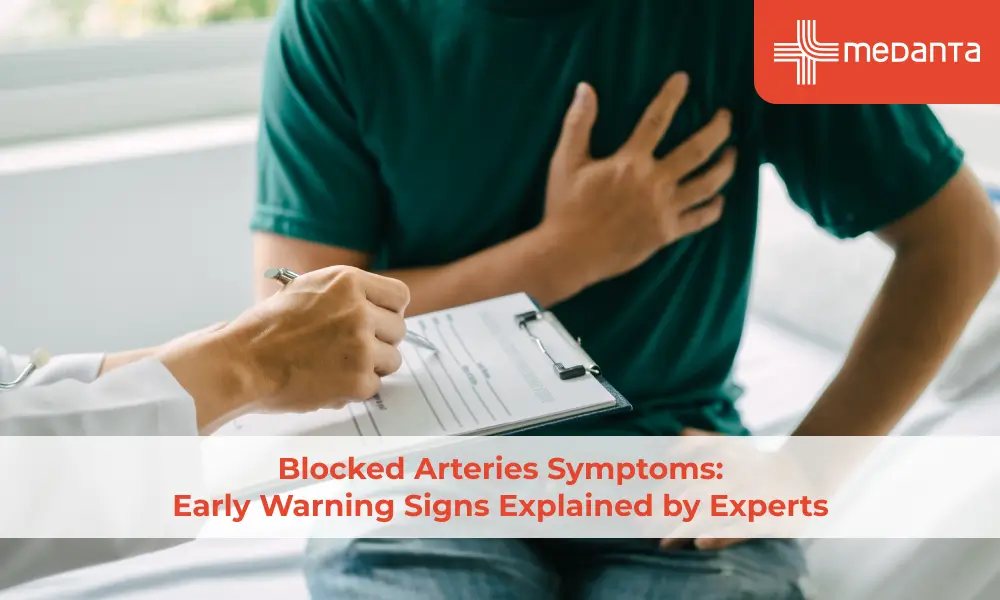Central Cord Syndrome: Here's how it affects our bodies

The most prevalent type of incomplete spinal cord damage, known as "central cord syndrome," causes dysfunction in the arms, hands, and, to a lesser extent, the legs. The brain's capacity to communicate with regions of the body underneath the damage site is lessened but not completely inhibited.
The major nerve fibers that transmit information straight from the cerebral cortex to the spinal cord are damaged in this condition. The functionality of the hand and arm is particularly dependent on these nerves. The arms and hands may become paralyzed or lose fine motor function, whereas the legs may just be slightly affected.
Along with unpleasant feelings like tingling, burning, or dull aches, the damage may also cause sensory loss below the location of the lesion and disruption of bladder control. The degree of nerve injury affects both the overall quantity and kind of functional loss.
The most common causes of central cord syndrome are injuries that result in the herniation of the vertebral discs or injuries to the neck's vertebrae. It may also appear in people over 50 as a result of progressive disc and vertebral disc degeneration, which can shorten the spinal column and perhaps cause spinal cord compression when the neck is hyperextended.
Symptoms:
Your brain and spinal cord cannot communicate with each other due to central cord syndrome (nervous system). A distinctive indication of central cord syndrome is a lack of nerve impulses from the brain to your arms and hands.
Your arms and hands often experience discomfort from blocked nerve impulses, but your legs may also be impacted. You might have
- Aching
- Burning
- Tingling
- Inability to use your hands to perform little movements (fine motor skills)
- Your hands or arms are numb
- Weakness or paralysis
- Spasticity of muscles
- Walking difficulty
The severity of your ailment or damage will determine your symptoms. You can lose sensation and bladder control below the damaged site (urinary incontinence). Some people experience gait problems or are unable to walk.
Alarming factors:
People who already have neck bone abnormalities due to arthritis are more likely to develop CCS. In such circumstances, the spinal cord's passageway may be small, making it possible for the spinal cord to be compressed if the neck is forcibly stretched (head tilted back), as can occur in a vehicle collision. The neck's bones often don't shatter or fracture, and the spine could be stable. Bruising, bleeding, and swelling can happen if the spinal cord is compressed, especially in the middle or core region of the spinal cord.
The arms are more impacted than the legs in this scenario because the spinal cord is arranged with the nerves controlling arm movement in the middle and the nerves controlling leg movement closer on the outside. Patients with CCS, therefore, frequently have weaker arms than legs. Many CCS patients recover the use of their legs and can frequently walk, but they are unable to utilize their arms and hands properly.
Diagnosis:
The following are the methods used for diagnosis:
- Keep an open mind while treating young patients who have suffered major head, neck, or facial injuries.
- Even modest trauma with a hyperextension injury in elderly people should cause worry for CCS: Any neurological issue or finding on a physical examination should raise concerns about spinal cord damage.
- Plain radiographs seldom reveal CCS, and several institutions have stopped using X-rays when there is a possibility of C-spine damage.
- CT scan isn't the gold standard but can reveal specifics of bone abnormalities.
- An MRI of the cervical spine should be done because it is particularly sensitive to central nervous system damage and may be used to check for spinal instability and intraparenchymal spinal cord haemorrhage.
Your ED radiology team about your preferred way of comparison (some prefer with and without contrast versus no contrast). IV contrast can be used to detect conditions that resemble central cord disease, including myelitis or tumour.
Treatment:
While some sufferers regain near-normal function, there is no known treatment for central cord syndrome. There is no set course of treatment, but it frequently includes medication, surgery, and rest. Vertebral instability and spinal cord compression are both detected by magnetic resonance imaging (MRI).
Surgery is frequently used to address vertebral instability brought on by an acute traumatic injury or a herniated cervical disc in order to protect the spinal cord. According to recent findings, having surgery performed sooner can increase recovery prospects. Numerous recent studies indicate that surgery may also be helpful for those who continue to have neurological decline and spinal cord compression.
Conclusion:
Inform your healthcare provider of your expectations. You can build coping mechanisms and maintain your strength with the aid of physical and occupational therapy while going about your everyday activities. A neck injury to the spinal cord can cause a disorder known as central cord syndrome (CCS). Your limbs' nerve impulses are impacted by CCS. Your arms, hands, and legs can regain sensation and functionality with the help of nonsurgical therapies and surgery, according to healthcare professionals.






